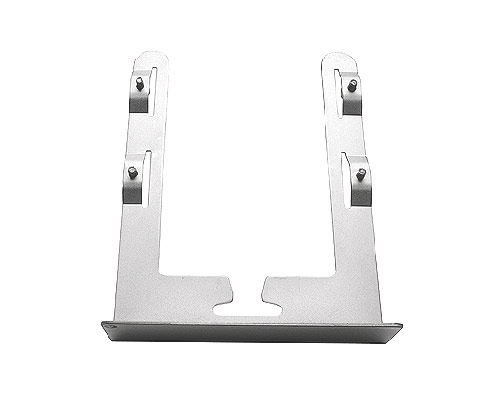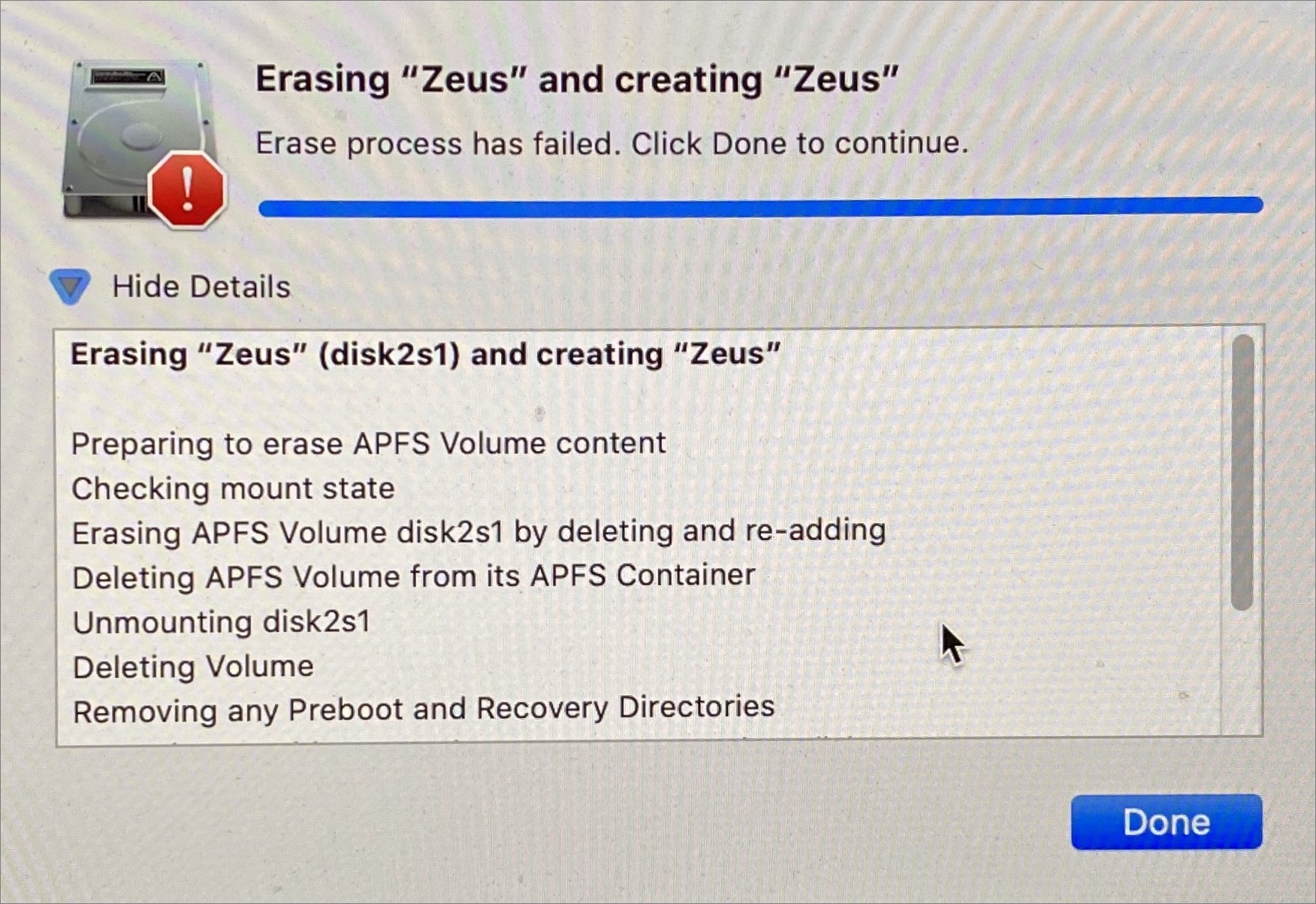
- MOUNT DRIVE ON MAC PRO HOW TO
- MOUNT DRIVE ON MAC PRO FOR MAC
- MOUNT DRIVE ON MAC PRO PDF
- MOUNT DRIVE ON MAC PRO INSTALL
- MOUNT DRIVE ON MAC PRO FULL
MOUNT DRIVE ON MAC PRO HOW TO
The next few screens provide basic information on how to set up and use OneDrive. You can change it to a different location otherwise click Next ( Figure C). The screen for Your OneDrive Folder displays the location that will be used to store your synced folders and files. At the first screen in the Set Up OneDrive program, enter your account’s email address and click the Sign In button ( Figure B). Follow the screens in the OneDrive installer ( Figure A).Īfter installation, go to Finder and open the Applications folder. After it’s been downloaded, click the Open button. Alternatively, go to the Mac App Store, search for OneDrive and download the program. Open the Downloads folder and run the OneDrive.pkg file.
MOUNT DRIVE ON MAC PRO FOR MAC
At the OneDrive For Mac section, click the Download button. SEE: How Apple users can make the most of Microsoft 365 at work (TechRepublic Premium)Īfter your Microsoft Account is ready, you can download OneDrive on a Mac a couple of different ways. Follow the steps to create your account by adding an email address, password and the other requirements. If you intend to use OneDrive Personal, head over to Microsoft’s OneDrive page to set up your account.

If your organization uses OneDrive for Business, you should already have the necessary account.
MOUNT DRIVE ON MAC PRO INSTALL
On a Mac, however, you have to install and set up OneDrive and then go through the customization steps.įirst, you need a Microsoft account to use OneDrive. OneDrive is built into Windows 10, so the tool is available by default. Quick glossary: Metaverse (TechRepublic Premium)
MOUNT DRIVE ON MAC PRO PDF
Working with PDFs is a breeze with PDF Converter Pro TechRepublic Editor-in-Chief Bill Detwiler bids farewell, introduces new Managing Editor, Tamara Scottīecome a Linux expert just in time for the 2022 boom Once you set up and configure OneDrive, the tool runs automatically to manage files across your Mac and other devices outfitted with OneDrive. The process for customizing OneDrive on a Mac is similar to that in Windows, though there are some differences. Mac users can set up OneDrive Personal or OneDrive for Business to back up and sync files from their computer. Microsoft OneDrive is available for a variety of platforms, including Windows, iOS, iPadOS, Android and macOS. Learn how you can fully use OneDrive on a Mac, just as you can in Windows. Also keep asking questions before doing anything that cannot be undone so you understand the issues.How to set up and use Microsoft OneDrive on a Mac So we can see some important information.

Is there anything on the drive at all you wish to preserve?Īlso please do this in a Terminal window before doing anything else: What software are you using to backup to this NTFS volume? Did the "Seagate" drive come with software so that you could use it on Mac's? Unless you want to use this drive on another Windows system you might want to think about formatting it as HFS+ (since that is native to Mac systems but Windows systems would have a problem reading it without third party software) but realize you will loose everything on it when you do this.
MOUNT DRIVE ON MAC PRO FULL
Are you certain it's the full name "Seagate Backup Plus Drive" and not just "Seagate"? in quotes or escape the space character in the volume name - should be something like "/dev/disk2/Volumes/Seagate Backup Plus Drive" and you also need to make the folder name in "mkdir" command using /Volumes match. and you also need to enclose the /Volumes/Seagate. You need a space between the "/dev/disk1s2" and the /Volumes/Seagate. If you have this software then the mount command would need to have "-t ntfs" instead of "-t hfs" I think (check with your software provider). The Seagate volume is an NTFS volume (used for Windows systems usually) - you need special software to check/mount those types of volumes, e.g.

When you try the mount command you will see some sort of error - then we can try and figure out what the problem might be.

Sudo mount -t hfs /dev/disk3s2 /Volumes/Seagate So a possible mount command would be (sudo commands will ask for your account password and assume it to be an "admin" type account) - this is only an example as your situation needs to reflect your disk name and partition and the first "mkdir" command should be a folder that does not already exist: Is the partition slice for the problematic driveįile system type - probably HFS+ - this info will also be shown in the "diskutil list" output but the Need to know a couple of things:ĭevice name - get this from a "diskutil list" command - its something like /dev/disk3s3 or whatever Try mounting from command line using "mount" command. Have you tried to do a "First Aid" on that volume in Disk Utility? What does it say (post the details of this)? If you've already tried this and no problems found, try the following.


 0 kommentar(er)
0 kommentar(er)
